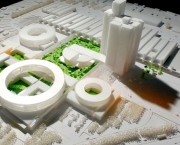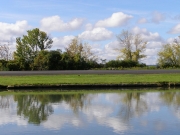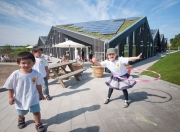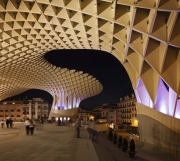Henning Larsen Architects' state-of-the-art Denmark Herlev Hospital
The healing power of nature plays a large role in Henning Larsen Architects’ winning design for an extension to Denmark’s Herlev Hospital. Here exterior spaces are as carefully planned as interior ones, affording occupants in all areas of the extension some contact with the outdoors. The organizing principles of the new addition also accommodate state-of-the-art developments in patient care.











